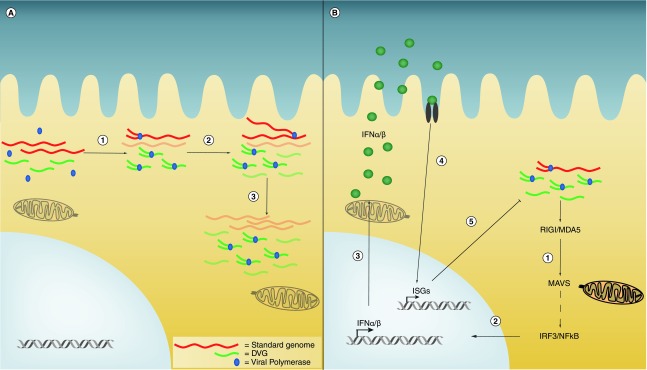Figure 1. . Defective viral genome interference by competition for viral components and interferon.
(A) Competition for viral products occurs in cells that contain several copies of standard virus and DVGs. A limited available amount of polymerase and associated proteins randomly binds to viral genomes to begin the replication process (1). Data indicate that viral promoters on DVGs bind the viral polymerase with higher affinity than promoters in standard virus. As DVGs are shorter than standard virus they are also synthesized more rapidly and thus quickly accumulate (2). With a combination of faster transcription and stronger affinity for polymerase DVGs eventually outcompete standard virus to become the predominant species (3), thereby interfering with standard virus replication. (B) In interference by IFN, infected cells first detect DVGs through the RNA sensors RIG-I or MDA5 (1). Signaling through the adaptor protein MAVS leads to IRF3 and NFκB activation and translocation to the nucleus (2). These molecules stimulate the production and secretion of IFNα/β (3) that act in an autocrine or paracrine manner (4) to produce ISGs that inhibit viral replication (5).
DVG: Defective viral genome; IFN: Interferon; ISG: Interferon stimulated gene; MAVS: Mitochondria antiviral-signaling protein.

